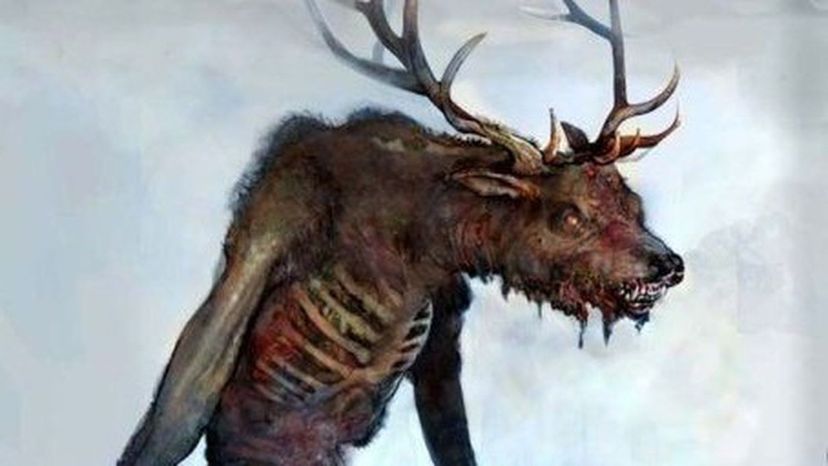
About This Quiz
Monsters are part of our everyday life and they are immortalized in books, movies, and storytelling. With so many different monsters out there, would you be able to identify all of them? Take this quiz to test your monster knowledge!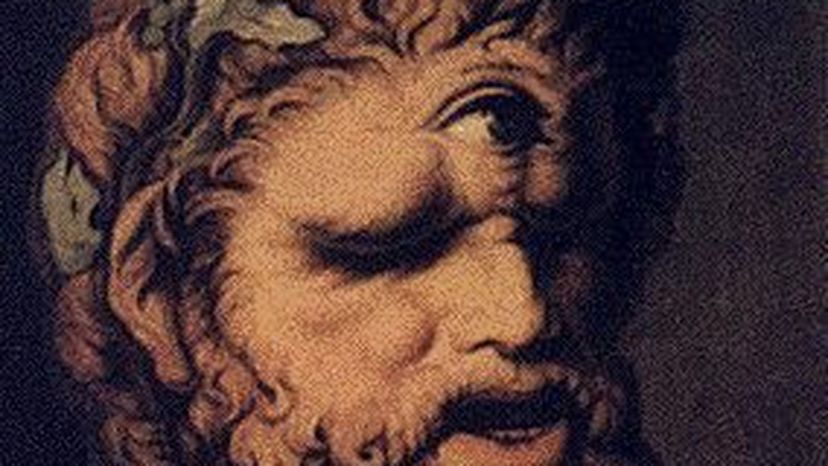
With a name that translates to "circle-eyed," the cyclops is a one-eyed monster of Greek and, later, Roman origins. The cyclops appears across numerous tales, including those of Homer, which feature a particular cyclops named Polyphemus (the one used in the picture above).
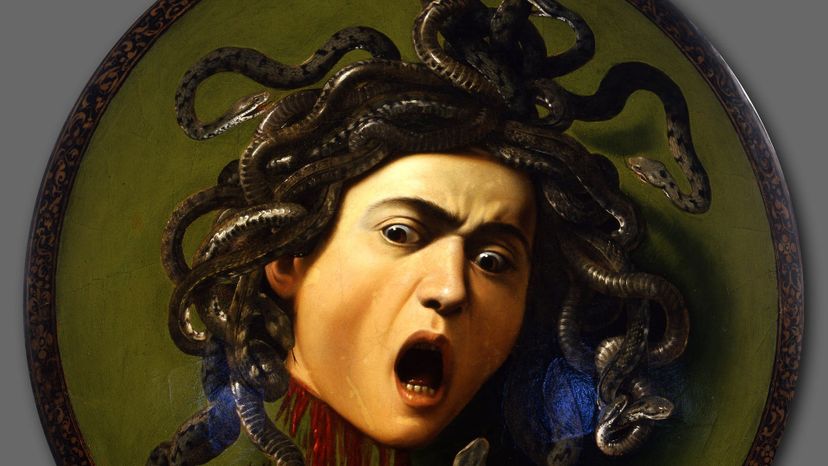
Medusa, a Greek gorgon, is known for one pretty distinctive feature: instead of a head full of hair, she has snakes. The snakes aren't what you need to worry about, though, because if you happen to catch so much as a glimpse of Medusa's face, you'll turn to stone.
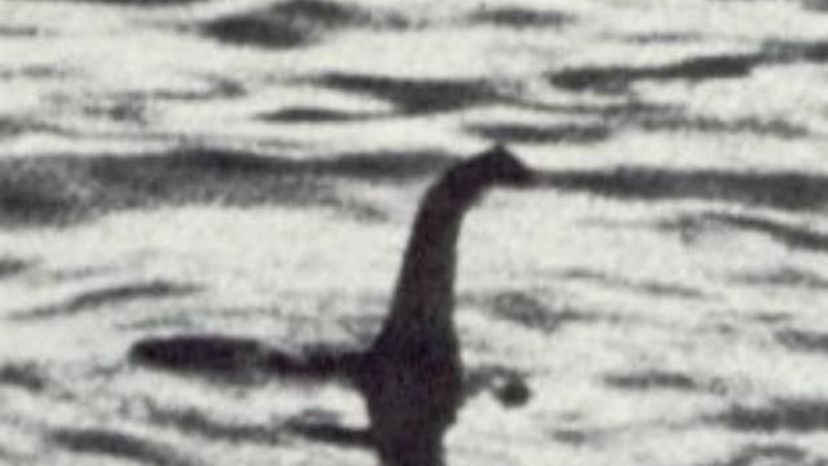
Named for Loch Ness, its home, Nessie is a long-necked, aquatic monster that many cryptozoologists believe to be a plesiosaur. Although Nessie rose to fame in the '30s when the image above was faked, records of its supposed existence go as far back as the year 565 AD.
Advertisement
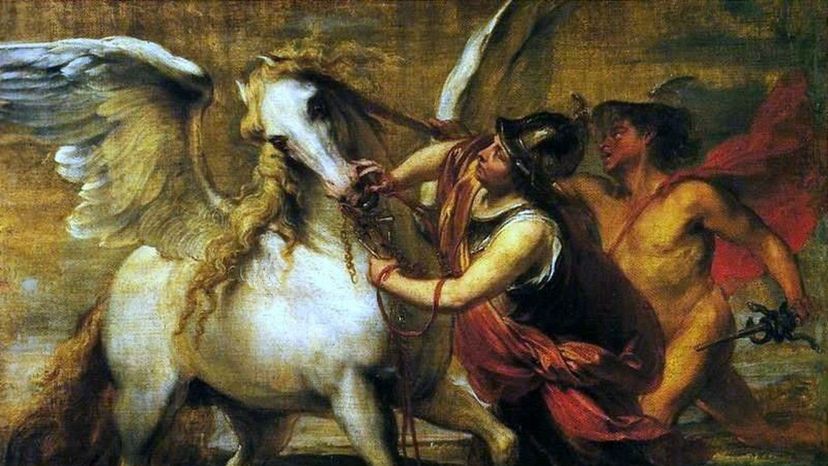
Sired by Poseidon, Pegasus is a white, winged stallion and allied with the gods of Olympus. He's usually seen as a symbol of fame, but can also represent inspiration, given his fondness for the Muses.
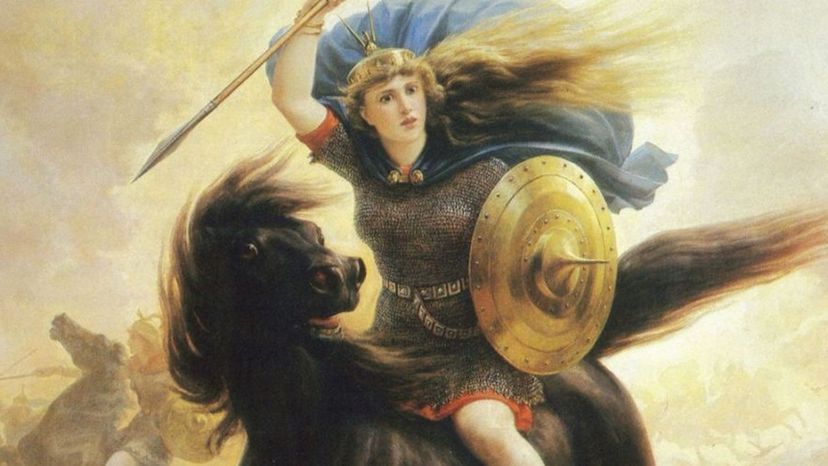
According to Norse mythology, Valkyries determined who lived and who died in battle. The deceased would be carried up to Valhalla in the arms of a Valkyrie at the battle's end.
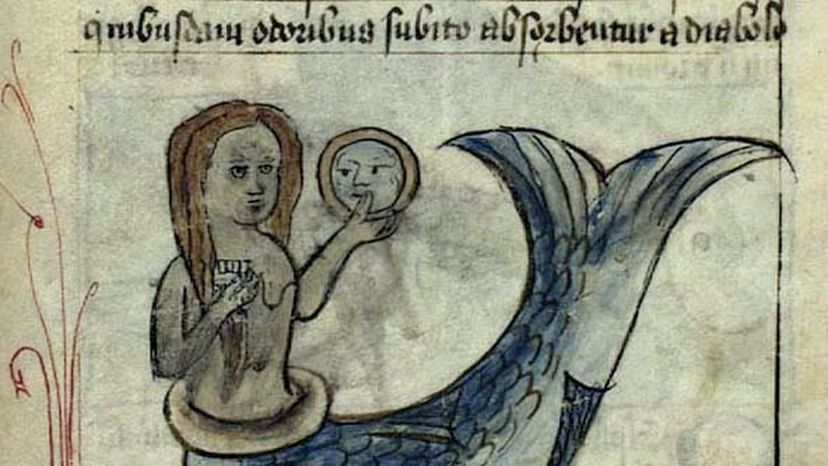
If the ceasg looks familiar, there's a reason -- you probably know it as a mermaid. Although it goes by a different name, being Scottish, the ceasg is functionally the same; it's half-human, half-fish (specifically, salmon), and anyone who captures it will receive three wishes.
Advertisement
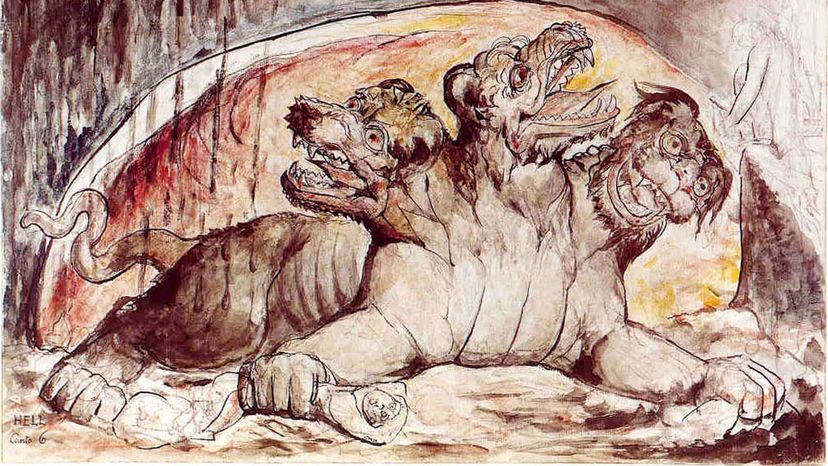
Cerberus is the ultimate guard dog. Sometimes referred to as the "Hound of Hades," Cerberus is a three-headed, monstrous dog that guards the gates of the Underworld and ensures that the dead stay where they belong.

Vampires are known for their blood thrust and long lives.

Compared to some of the other monsters on this list, gremlins are a new invention. They mostly sprung into popularity during World War II and were described as mischievous creatures that would sabotage any mechanisms they came across. They were often shown taking apart planes.
Advertisement
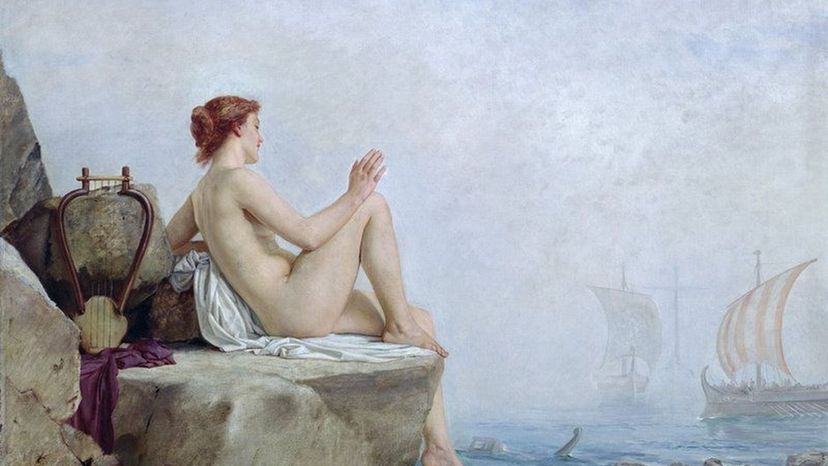
Sirens are the ultimate femme fatale. A Greek monster, sirens use their voices and alluring looks to trick sailors into wrecking their ships on the rocky islands the sirens call home. The number of sirens in existence varies from author to author, but there's usually only a handful around at a time, meaning you're likely safe if you want to venture into Mediterranean waters today. Just don't pay heed to any melodies you may hear while on the waves.
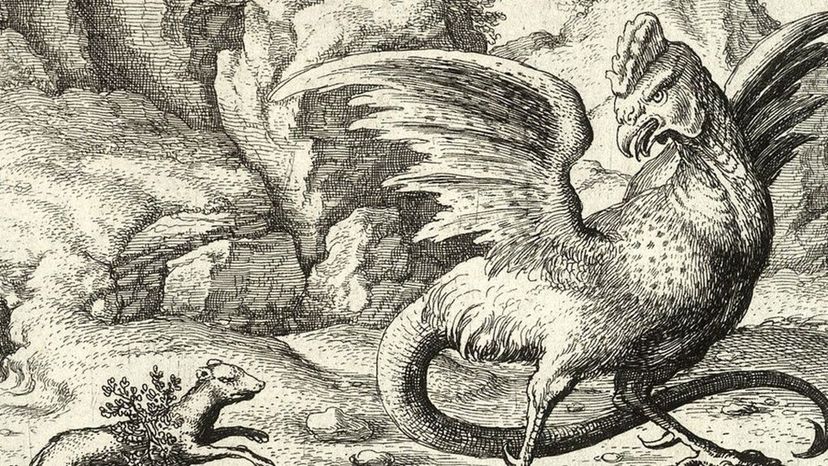
Capable of killing a person with a single glance, the basilisk is no small threat. Despite this, the legendary reptile has one peculiar weakness - the scent of a weasel, which can kill the basilisk on its own, although the weasel will also die in the process. Mythology experts suspect that the weasel being the basilisk's weakness may have something to do with European snakes and the fact that weasels are often their natural predators.
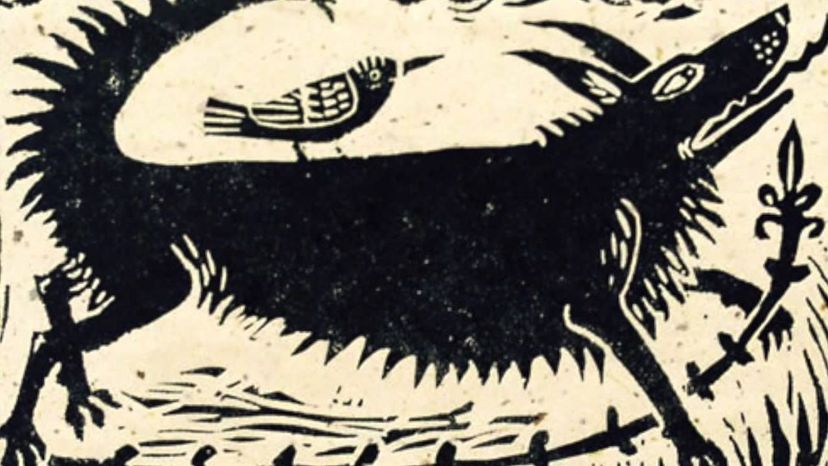
Black Shuck is a ghost like dog that haunts East Anglia. The tale of the Black Shuck dates back as far as the 15th century.
Advertisement
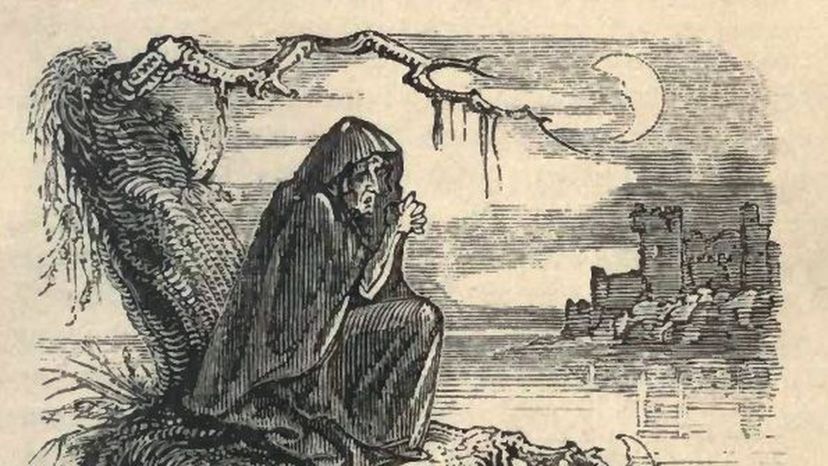
The banshee can appear as an old hag, or a beautiful young woman if she so chooses. She comes from Irish mythology and is not known for being nice. In her tales, she often heralds people to their death while giving out a loud shriek.
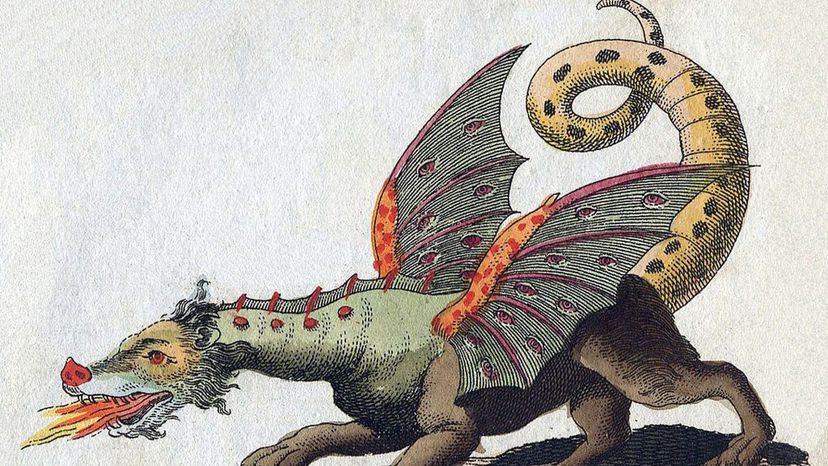
European dragons are large, reptilian creatures that are able to breathe fire. They most typically have four legs, two wings and various adornments, such as spikes. Dragons are known for possessing large hoards of gold and gems, which they will defend with their lives, if necessary.
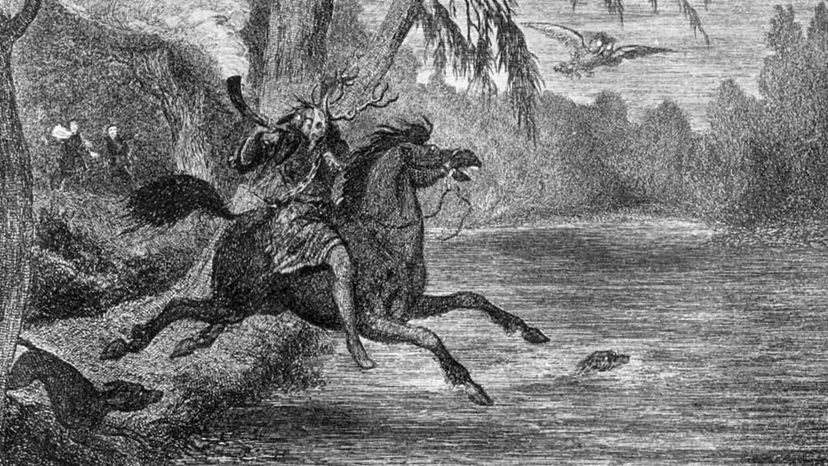
Although you might know Herne the Hunter from Shakespeare, this mythological being predates his works. Herne is known especially for the antlers he has on his head and is something of a troublemaker who harasses cattle -- to put it gently. He was capable of making cows produce blood instead of milk from their udders.
Advertisement

You might be able to guess from the name, but the chimera, a staple of Greek mythology, is a hybrid creature. It's usually depicted as having two heads, a goat head and a lion head, four legs, and a long tail with either a stinger or a snake's head on the end.
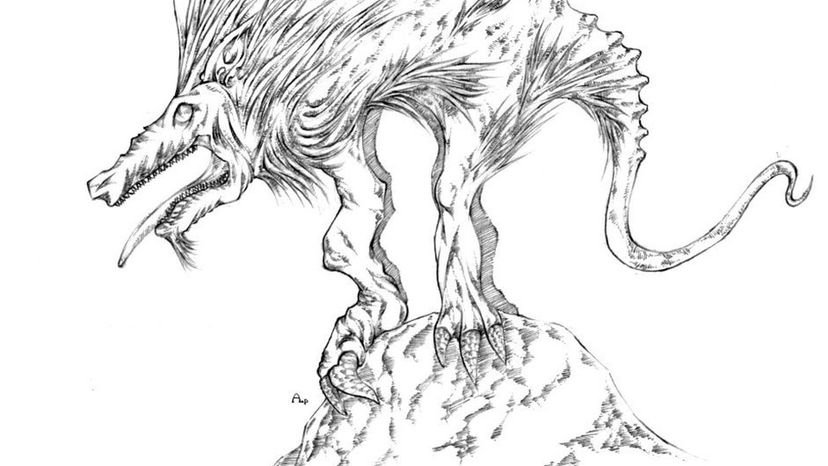
This Puerto Rican monster has a pretty straight-forward name: translated to English, it literally means "goat-sucker." The chupacabra feasts on goat blood, and although its appearance varies from one place to the next, everyone agrees it's ugly.
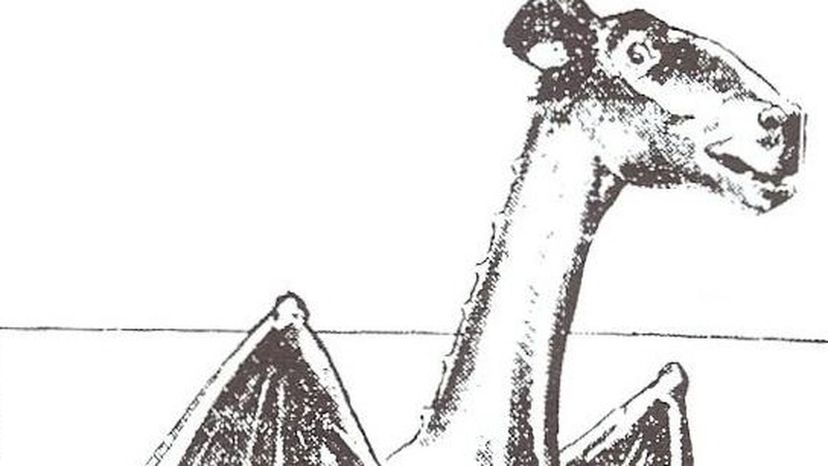
Native to the Pine Barrens, New Jersey, the Jersey Devil is a strictly American monster that is said to have been born from a woman known as "Mother Leeds." After having 12 children, she became pregnant a 13th time and, according to folklore, cursed the child and decried it as the devil - and thus, the Jersey Devil was born.
Advertisement
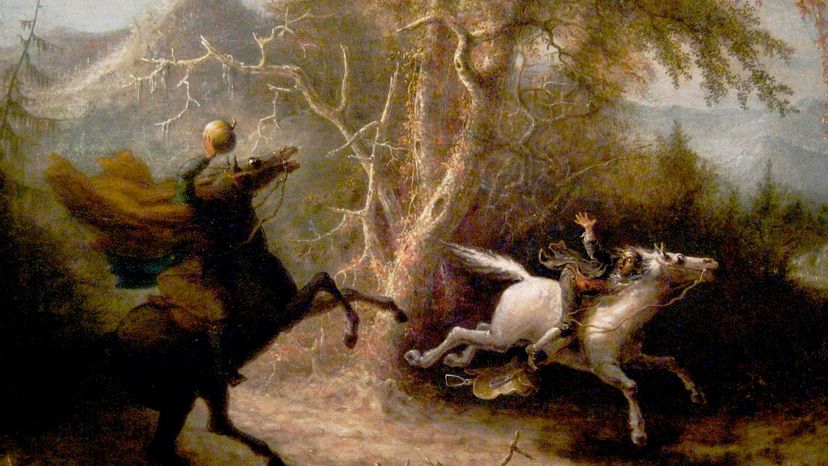
The Headless Horseman can trace his origins to a specific source - that is, the "Legend of Sleepy Hollow," a short story by Washington Irving that was published in 1820. Like the Jersey Devil, the Headless Horseman is all-American. He's since become associated primarily with Halloween when he rides across the countryside in search of his lost head.
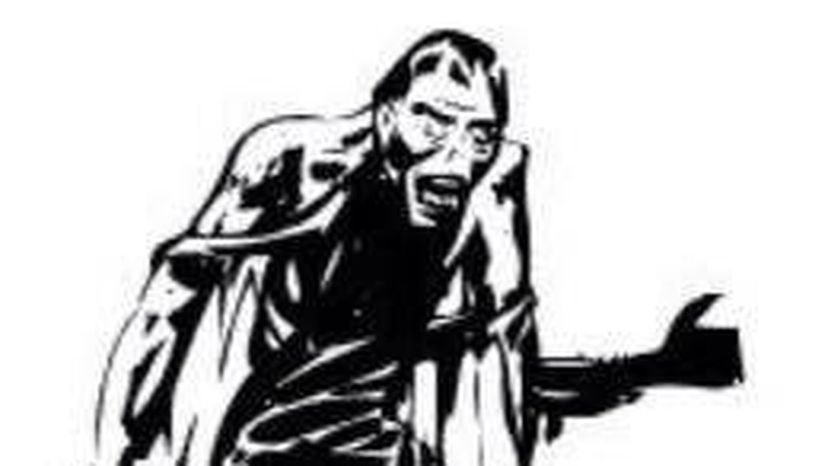
The zombie as we know it is pretty recent compared to other legends of the undead. These shambling monsters are the dead reanimated, and they survive on human flesh - most famously, brains. Their origins are traced to Haitian folklore, which involved magic; something modern western iterations tend to skip.
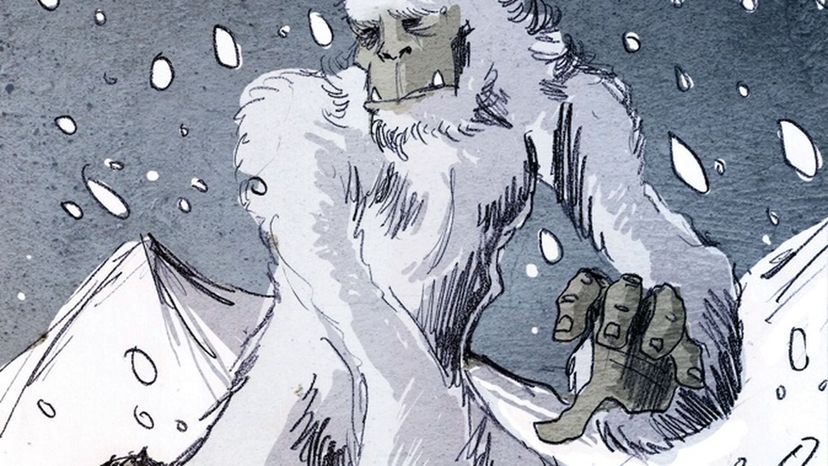
The Nepalese Yeti, also known as the Abominable Snowman, is usually thought of as Bigfoot's chilly cousin - and it's easy to see why, with all that pristine white fur. Folklore states that the Yeti lives in the Himalayans across Nepal, Bhutan, and Tibet, but Americans have also adopted the beast.
Advertisement
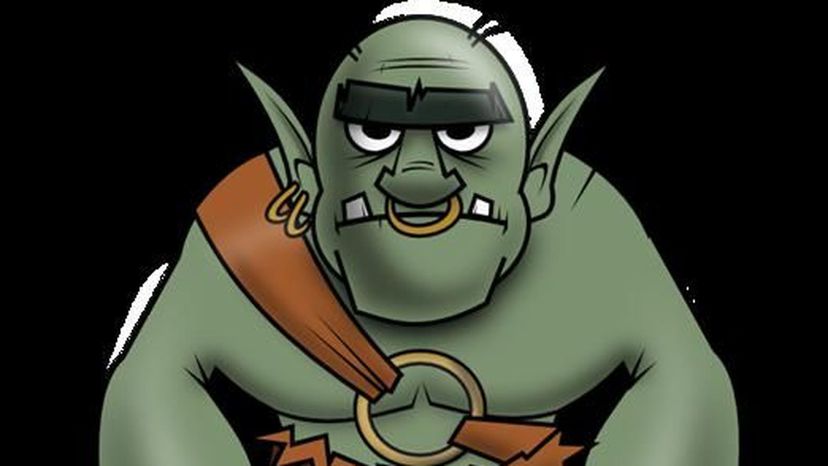
The orcs you're familiar with may have taken inspiration from ancient mythology, J.R.R. Tolkien can be directly credited with their creation in his novel, "The Hobbit," and series, "The Lord of the Rings." Since then, orcs have been picked up by a number of other fictitious universes and games, such as "Dungeons & Dragons."
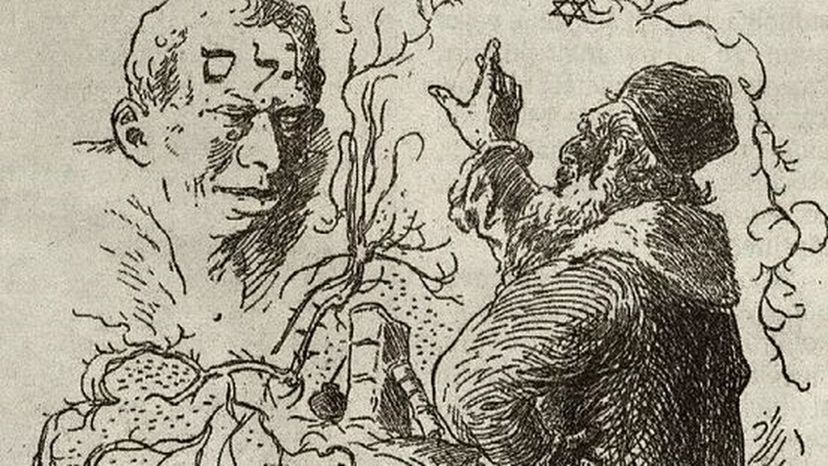
The golem is a man-made monster borne of Jewish folklore. It's shaped vaguely like a man, and through a combination of magic and human ingenuity, it comes to life to serve its maker. Golems can be made from just about anything, from mud to precious metals.

Also known as lycanthropes, werewolves are half-man, half-wolf monsters. They're usually the result of a curse; man gets in trouble somehow, man receives a curse, man transforms into were-beast during the full moon and goes on a murderous rampage. The popularity of werewolves spread around the time of witch hunts and persecution of believed werewolves was a very real thing during 15th and 16th century Europe.
Advertisement
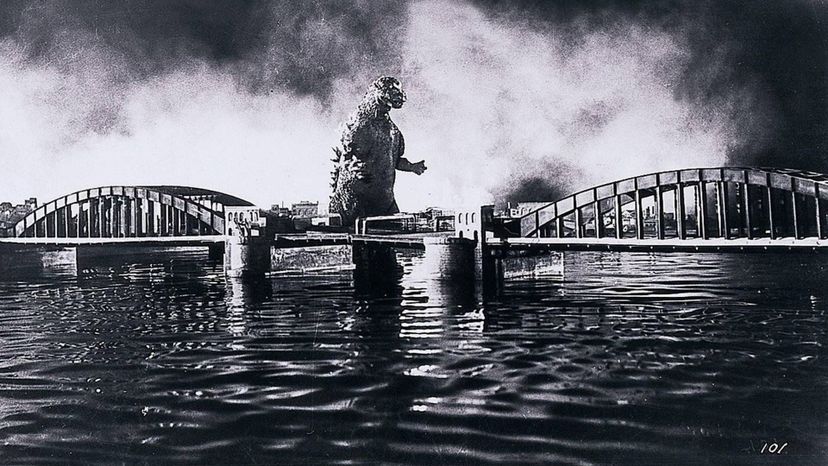
Godzilla, known to the Japanese as Gojira, is a famed Japanese monster who made his debut in film in 1954's "Godzilla." The series expanded from there, featuring Godzilla as the main threat of the films (and, sometimes, as an anti-hero) as he battled both man and monster across the silver screen.

The sexy succubus is one lady whose sheets you don't want to find yourself tangled up in. While they may appear to be beautiful, succubi are actually demons who want to steal the souls of men, and they usually get what they want through sex. If you take a second look, though, you might notice something off about a succubi's human form; for example, she may have claws or even a tail. Steer clear if that's the case.
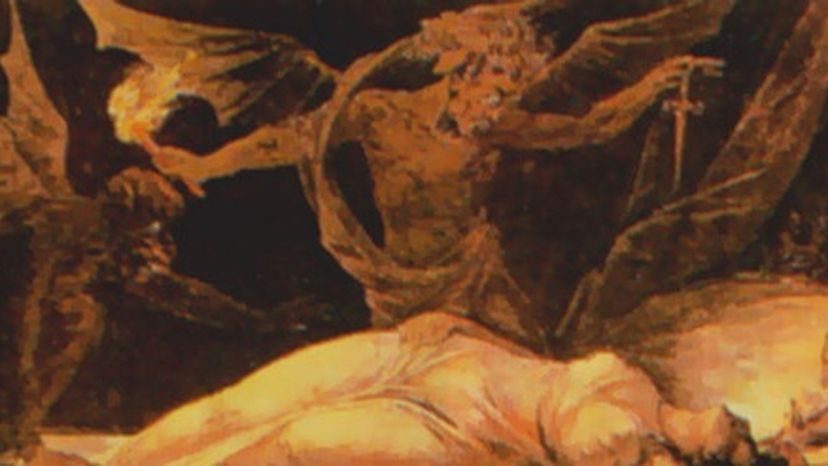
Like the succubus, the incubus sought to steal the souls of mortals through sex. Unlike the succubus, the incubus is male, and seeks only female victims.
Advertisement
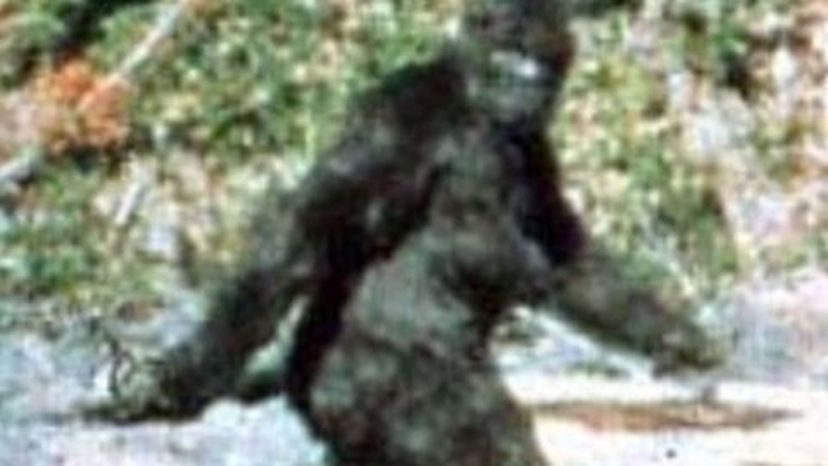
The Sasquatch is a giant, ape-like cryptid that is popular in American folklore. You may know him as Bigfoot, but Sasquatch fans would say that's incorrect, that the name Bigfoot belongs to just one Sasquatch of many. The Sasquatch traces its origins to indigenous people of the Pacific Northwest, who have stories of sightings of similar monsters living in the forests.
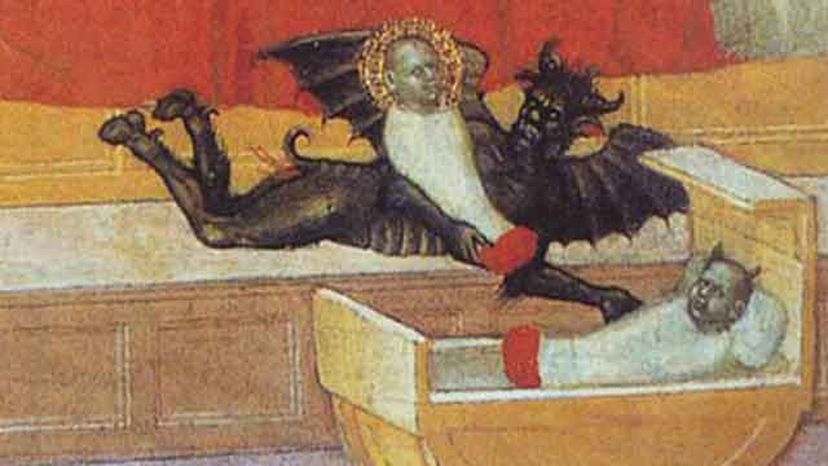
Folklore describes the changeling as a creature that has been left in the place of a human child, which has been stolen by fairies. Changelings were often a burden on the family; the replaced "child" sometimes grew rapidly ill and died, leaving the family with nothing, or it would practically eat its parents out of house and home.

We all know the story. Frankenstein's monster is created in a lab by a mad scientist who experiments with reanimation by piecing the monster together from old body parts.
Advertisement
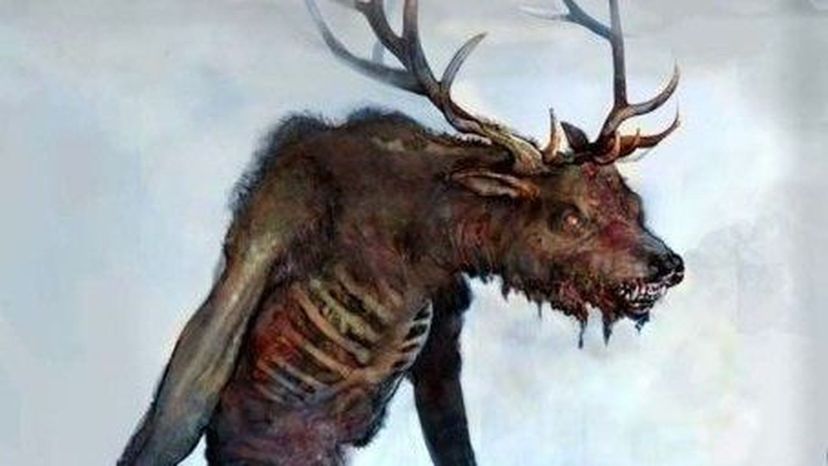
Algonquian folklore states that the windigo, or wendigo, is a humanoid, cannibal monster (sometimes a spirit) that occupies the northern forests of America and Canada. It's often believed that consuming human flesh will lead to one becoming a wendigo, and there is actually a medical term named after the beast: wendigo psychosis, the fear of becoming a cannibal.
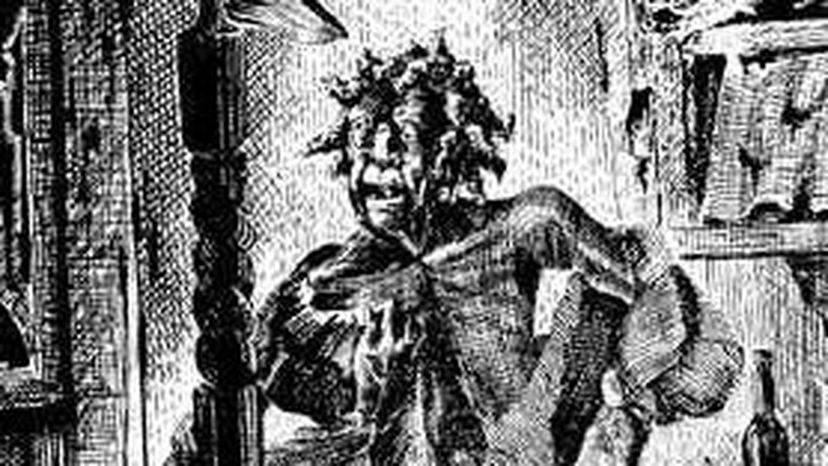
The fear of old women strikes again in the form of the Loogaroo, a Caribbean monster that appears as an old hag by day, but sheds her skin and becomes the fiery Loogaroo at night. In this monstrous, pipin' hot form, she enters the homes of her victims and sucks blood from their bodies, leaving strange, black marks in the morning.

Fans of Paul Bunyan stories across the Midwest will recognize the Hodag, which makes its home in Rhinelander, Wisconsin. According to the local newspapers in 1893, the Hodag had "the head of a frog, the grinning face of a giant elephant, thick short legs set off by huge claws, the back of a dinosaur, and a long tail with spears at the end." A large statue of the beast now sits in front of the Rhinelander Chamber of Commerce.
Advertisement
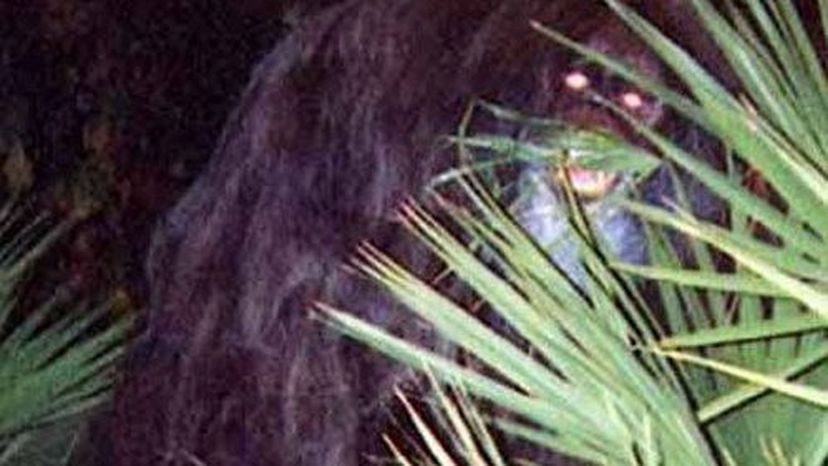
The skunk ape is the American South's answer to Bigfoot. Much like Bigfoot, the skunk ape is a humanoid creature covered in hair from head to foot, and unfortunately, it takes after its name in terms of body odor. Skunk ape sightings were most popular in the '60s and '70s, particularly in Dade County, Florida.
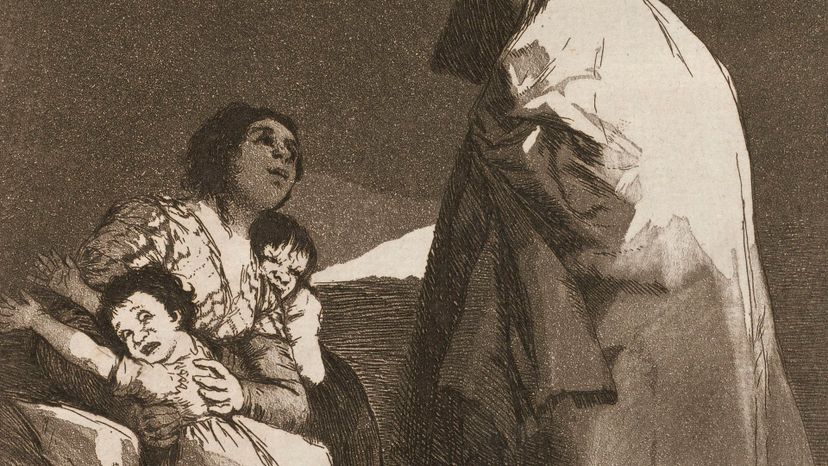
The bogeyman is everywhere. Most cultures have some version of him in one form or another, and he's always used to scare children into good behavior. Descriptions of the bogeyman vary from one community to the next, but he's usually a vague, scary, humanoid-like creature that intends to bring harm to children who don't listen to their parents.
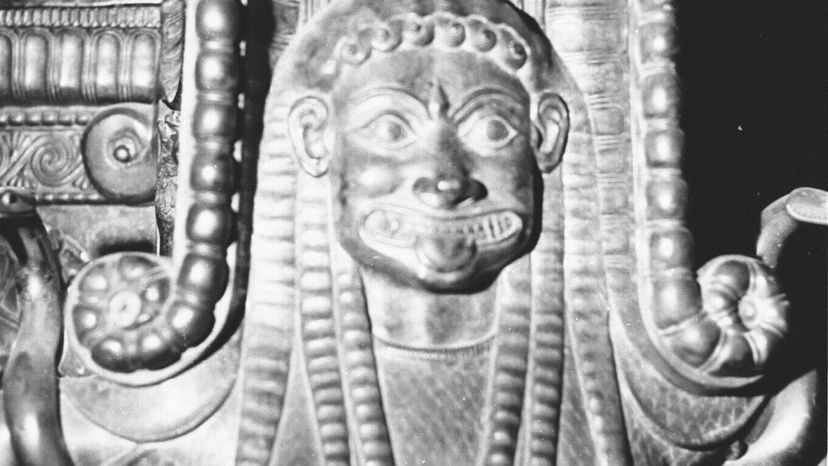
The Greek Gorgon, whose name means "dreadful," is a monster that appears across numerous stories in Greek mythology. Stheno, Euryale and Medusa were the most commonly referred-to gorgons, with Stheno and Euryale being immortal, while Medusa was able to be killed. All three sisters were defined by their hair, which was made of venomous snakes.
Advertisement
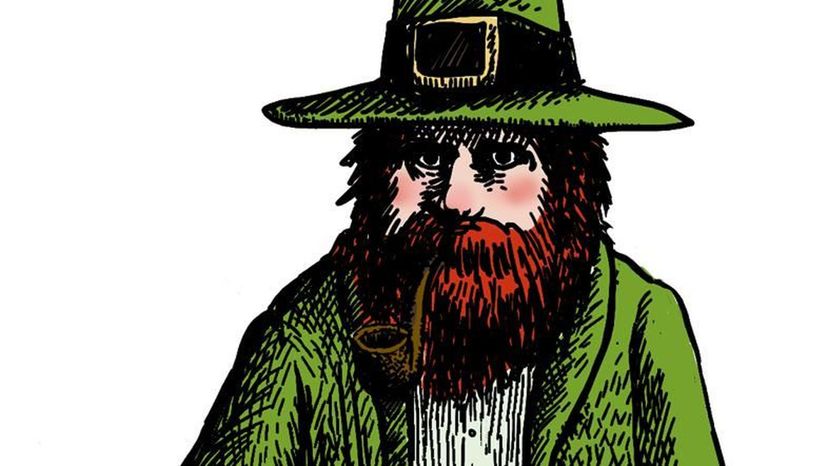
You may know that Irish folklore has a lot of fairies, but did you know that the leprechaun is also a fairy? Seen as little men wearing green hats and coats, leprechauns are mischief-makers and shoe shiners who hide their pots of gold at the end of rainbows. If they're caught by humans, they sometimes grant three wishes.

As Ovid described it, the Minotaur is a hybrid monster that is "part man and part bull." It famously guarded the center of Daedalus's Labyrinth, which was designed under the orders of King Minos of Crete. While the Minotaur was just one specific creature in Greek mythology, it has since become popular in modern fantasy fiction and video games and serves as a name for a type of beast that takes after the original Minotaur.
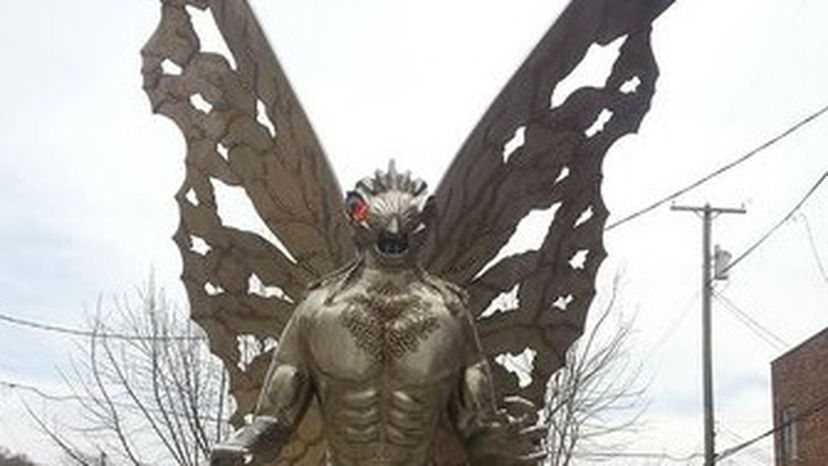
As a more recent monster, the Mothman can be traced back to November 16, 1966, when the Point Pleasant Register published a story about its first sighting. Later novelizations and films, including John Keel's "The Mothman Prophecies," further popularized the creature, which is sometimes confused for a large bird with red eyes, the Mothman's second best-known feature.
Advertisement
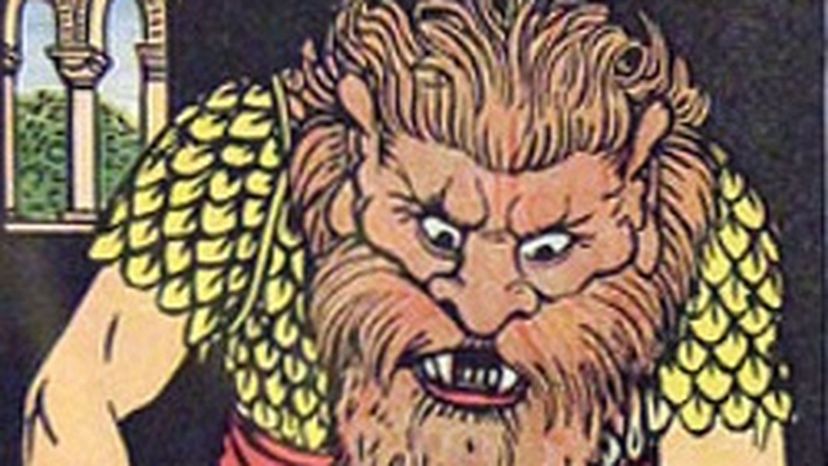
An ogre, or ogress if female, is an uncouth monster seen widely across western mythology and folklore. Most often, it is larger than the average human - bulky, misshapen, with discolored skin. They also have a habit of munching on humans, so steer clear -- Dreamworks Pictures' "Shrek" was one of the nice ones.
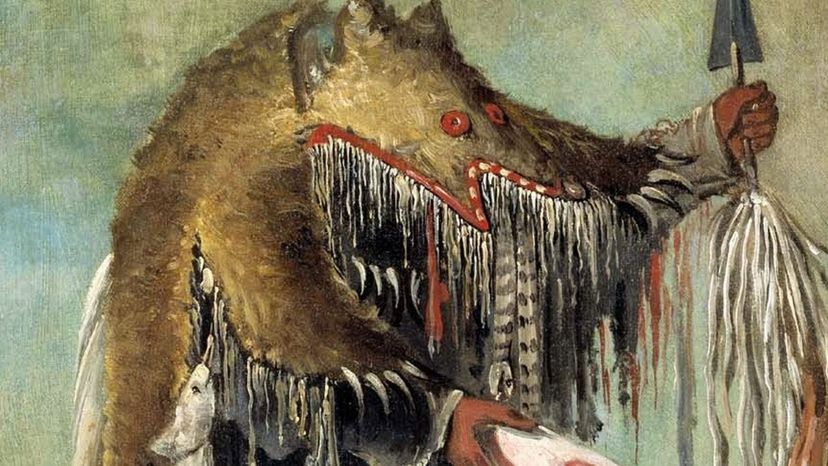
Shapeshifters can go by many names, and some of them have already been seen in earlier questions in this quiz. Their defining trait is that shapeshifters can transform into at least one other thing, be it living or not, usually through magic. Examples of shapeshifters go back far in human history, pre-dating even the "Epic of Gilgamesh."
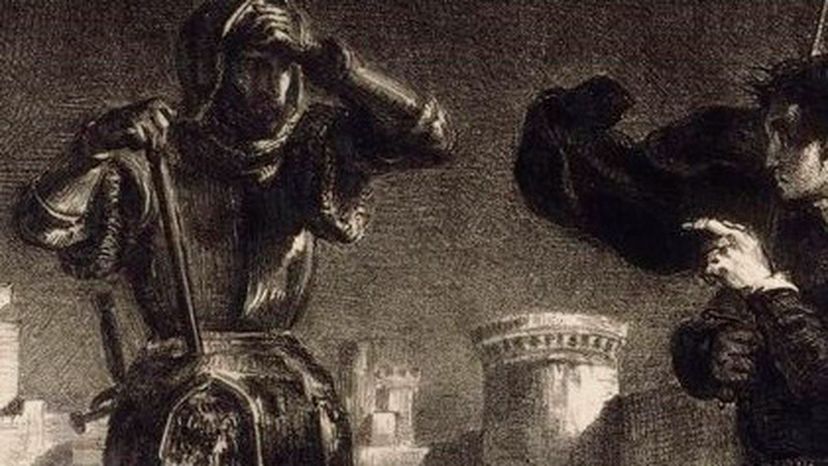
"Wraith" is the Scottish word for ghost, or spirit; wraiths are seen throughout numerous Scottish tales haunting the living and their domiciles.
Advertisement
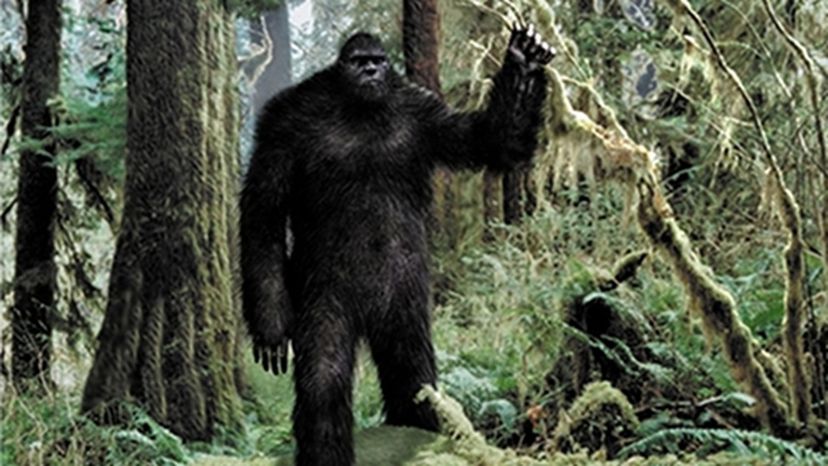
Does this monster look familiar to you? If so, it's because you've already seen a few versions of it in this quiz. Yet another rendition of Bigfoot and Sasquatch, Momo the Monster is Missouri's ape-beast that stomps about in the wilds, frightening campers.
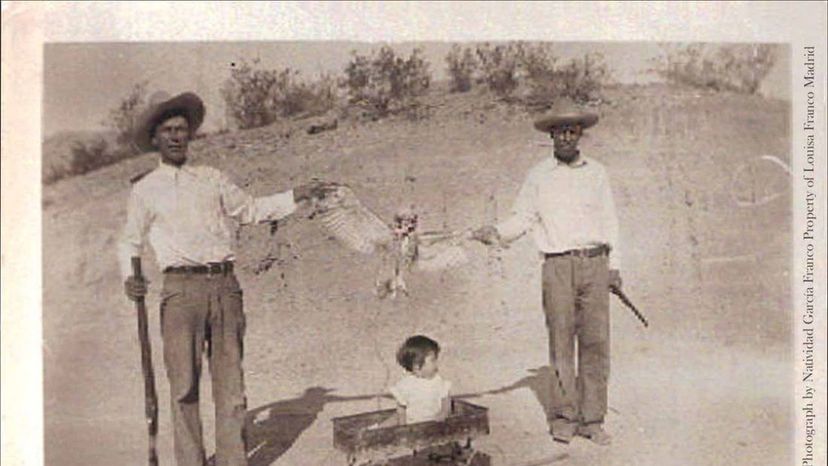
For centuries, sightings of a monstrous bird sweeping across the sky have been reported in Chihuahua, Mexico, and the Rio Grande Valley, Texas. The bird, dubbed La Lechuza, is often disputed as to whether it could be real or not - if so, the bird could have a wingspan of around 15 feet, dwarfing the baby seen in the photograph above.
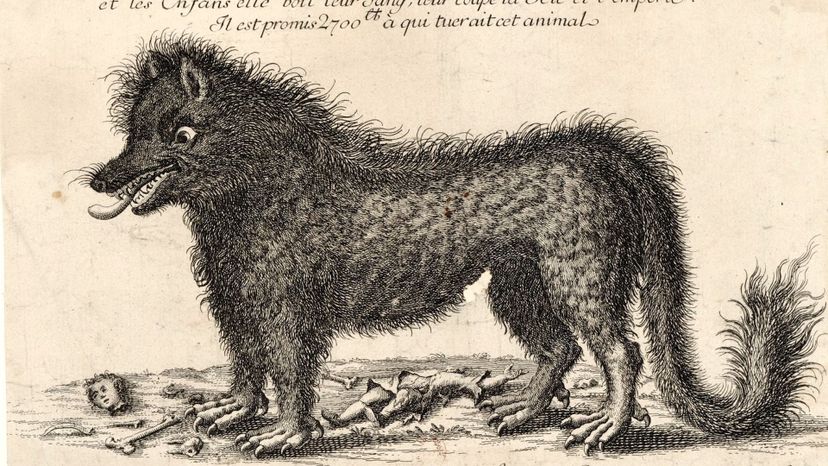
The Navajo people have a scary creature of their own: skinwalkers. Skinwalkers are witches who can either transform into animals or disguise themselves as such, and they always come bearing ill will unto those unfortunate enough to see them. The Navajo are notoriously tight-lipped about skinwalkers, and so information about them is scarce among outsiders.
Advertisement
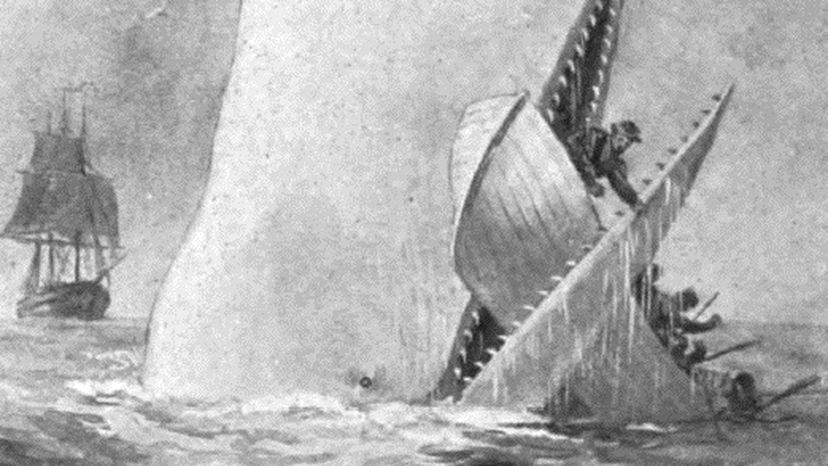
Moby Dick, an enormous white whale that devours ships whole, is the famed monster at the heart of Herman Melville's "Moby Dick," published in 1851. The whale is often speculated to be a metaphor for human obsession and revenge.
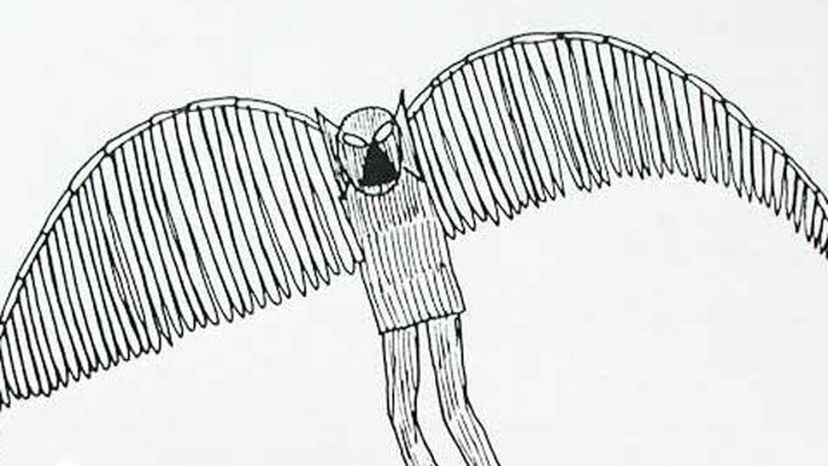
The Owlman is pretty straightforward, a man-owl hybrid sighted in Mawnan, Cornwall, England in 1976. Most skeptics believe a giant eagle owl is actually to blame for the Owlman sighting.
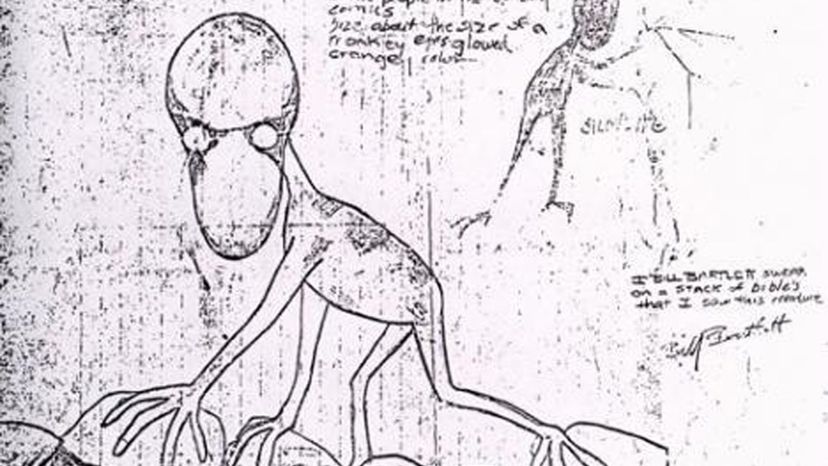
Sighted in Dover, Massachusetts in April of 1977, the Dover Demon is a cryptid staple described as "a large-eyed creature with tendril-like fingers." It was spotted by then-teenager William Bartlett, who claimed to have seen the monster sitting on a stone wall on Farm Street. It was seen again by Abby Brabham, another teenager.
Advertisement
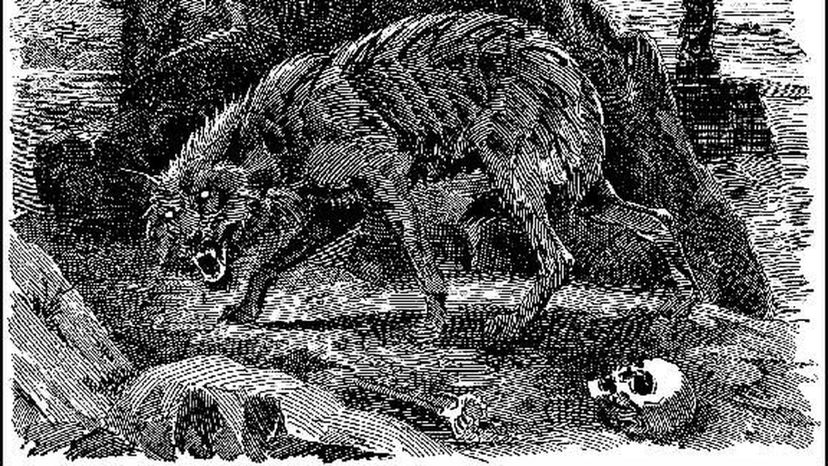
The Beast of Bray Road is reported as a bear- or wolf-like monster, possibly bipedal and intelligent. Hoaxes and cases of mass hysteria surround the beast, which is suspected to be, in reality, a wolf-dog hybrid that was lurking a little too close to town for comfort.
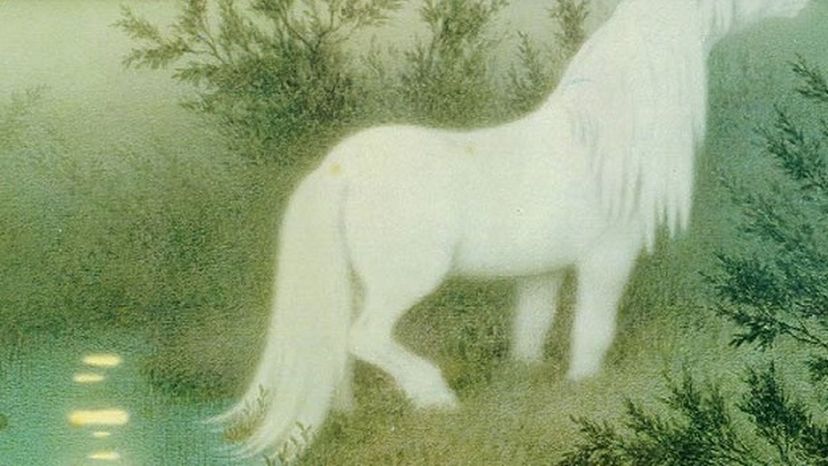
Choosing Scottish lakes and ponds as its home, the kelpie is an aquatic, shape-shifting creature from Scottish folklore. It is said that it can appear either as a horse, or a human, but regardless of what form it takes, mortals should beware - the kelpie is known to lure people to their deaths. Children are especially vulnerable to its wiles.